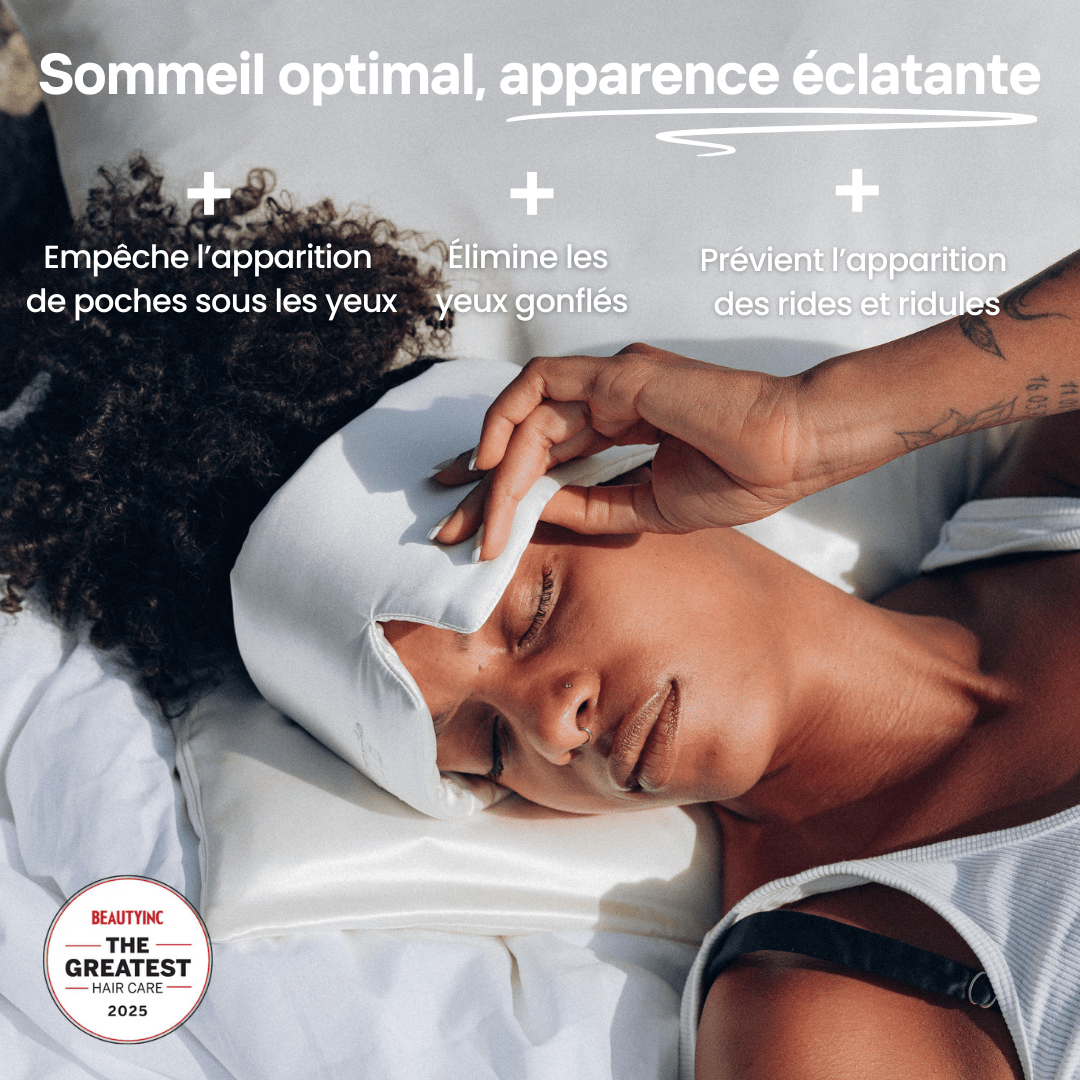
Curly hair, frizz & breakage: satin or silk pillowcase?
Introduction
Your curly hair deserves special attention, especially at night. Friction, dehydration, frizz: your pillowcase can be your worst enemy... or your best friend. A quality pillowcase helps retain moisture, protect the hair fiber, and enhance your curls while you sleep. But should you choose silk or satin? In this article, we'll break down the differences, the real benefits, and the best accessories for a truly effective hair care routine.
Silk or satin: which material should you choose for your earrings?
At night, your curly hair is subjected to constant friction against the pillowcase. Cotton, although natural, is a rough and absorbent material. It draws moisture from your hair, creates frizz, and promotes breakage. To minimize these effects, it's essential to sleep on a smooth, non-absorbent material.
That's where mulberry silk makes all the difference.
Made from 100% natural fiber, it is soft, thermoregulating, hypoallergenic and preserves the hydration of your hair.
Its slippery texture reduces friction and helps maintain the natural shape of curls.
Satin, on the other hand, is a woven fabric. It can be made from cotton, silk, or, more commonly, polyester. Cotton satin pillowcases are gentler on the hair than polyester ones, but they still fall far short of the natural and sensory performance of silk.
🚨 Be careful
A large majority of satin pillowcases sold on the market are made of polyester , a synthetic fiber which, despite its smooth appearance, lacks breathability , promotes perspiration , and can accumulate bacteria .
If your priority is the health of your textured hair, and an uncompromising beauty routine, the silk pillowcase remains the benchmark choice — sensorial, dermatological and sustainable .





